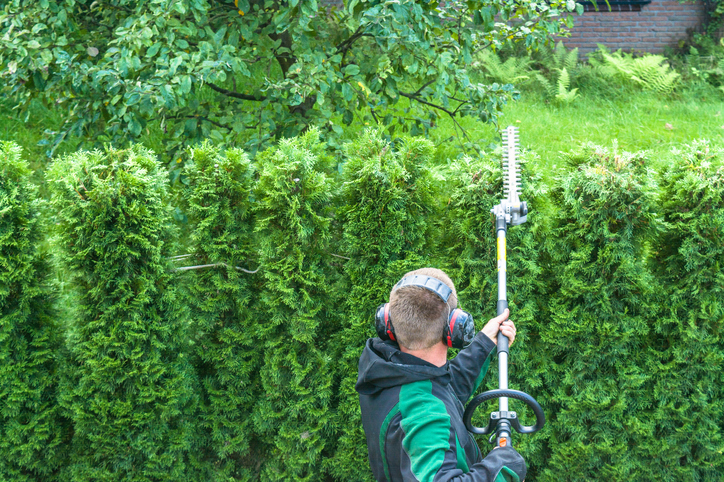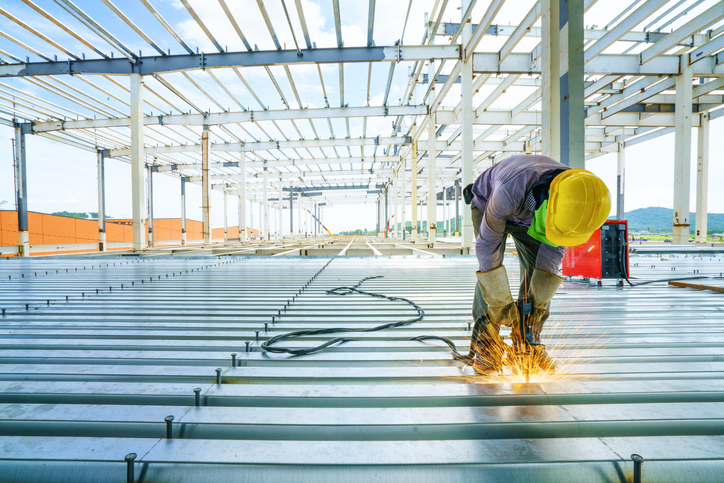OSHA Focuses On Tree Work, Landscaping Industry Enforcement

Some of the most dangerous jobs in the U.S. involve tree care and landscaping. Threats of electrical accidents, getting “hit by an object,” and falls from height are everyday hazards of the industry.
The fatal injury rate for loggers, for example, is 30-times the rate for all U.S. workers, according to a recent study.
In an effort to protect workers, the Occupational Safety and Health Administration (OSHA) has launched an enforcement program targeted at the tree-care and landscaping industry. From now through much of 2026, OSHA will increase safety investigations in these sectors.
In New England, there are about 5 tree and landscape industry worker deaths per year and many more serious injuries. Over the last 5 years, New England tree and landscaping industry deaths were due to workers being struck by trees, falling out of a tree, coming in contact with an electrical wire, or getting hit by a vehicle in a work zone. Almost half of the deaths happened in Massachusetts.
Workers most at risk
Many tree care and landscaping work-related fatalities are due to poor safety standards, OSHA says. When a person dies on the job, OSHA typically investigates the incident. If necessary, OSHA will assess fines and penalties. Among the New England deaths, OSHA says many of the fatally injured workers were not wearing protective clothing or using protective equipment.
Incidents were most likely to happen while employees were performing:
- Tree removal
- Tree trimming
- Line-clearance tree-trimming
- Working with a chipper
- Tree felling
- Loading and unloading trucks and trailers
Workers who are most exposed to these dangers include landscape construction, tree care services, lawn and cemetery care, right of way maintenance, seasonal property maintenance (such as snow removal), and weed control (except crops).
OSHA’s targeted program, also known as a Regional Emphasis Program or REP, instructs safety inspectors to keep an eye out for real-time practices that ignore safety standards. If such activities are observed, the agent can apply for quick supervisory approval to inspect the worksite. The result is often requirements and suggestions for safety improvements as well as the assessment of fees for alleged violations.
Common tree worker injuries
Fatal tree and landscaping accidents are a serious problem, but so too are the number of bad injuries affecting industry workers. Among the most common types of injuries affecting sector employees are:
- Cuts and amputations
- Overextension of muscles, ligaments, and/or tendons
- Brain damage and traumatic brain injuries, including concussions
- Neck, head, and spine injuries
- Sprains and bone fractures
- Hand and foot injuries
Among those most at risk of serious and fatal injuries are young and inexperienced workers, according to the Centers for Disease Control and Prevention. About half of all serious injuries in these sectors are suffered by workers ages 34 and younger. The smallest companies have the highest risk for employee injuries within the first 90 days of work.
Legal help is available
The risks tree care and landscaping workers face during a single shift are steep but significantly reduced when employers follow safety regulations. If you were recently injured or a loved one died in a work accident, you can schedule a free case evaluation with an experienced workers’ compensation lawyer to go over your legal rights and options.
For decades, our law firm has been fighting for injured workers in Rhode Island and southeastern Massachusetts. We pride ourselves on being compassionate and respectful to every client. And we put our experience to work for you to get the results you deserve.
Contact us today to find out how we can help you.

